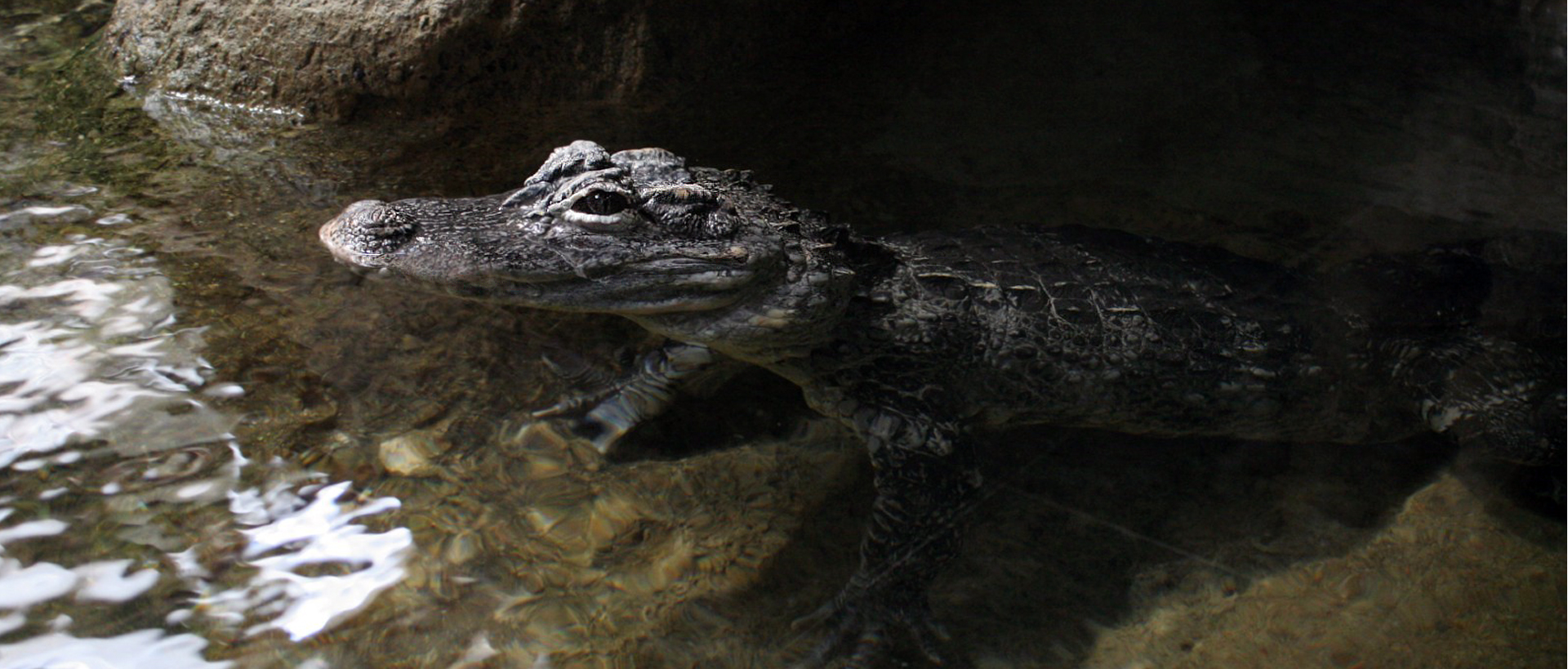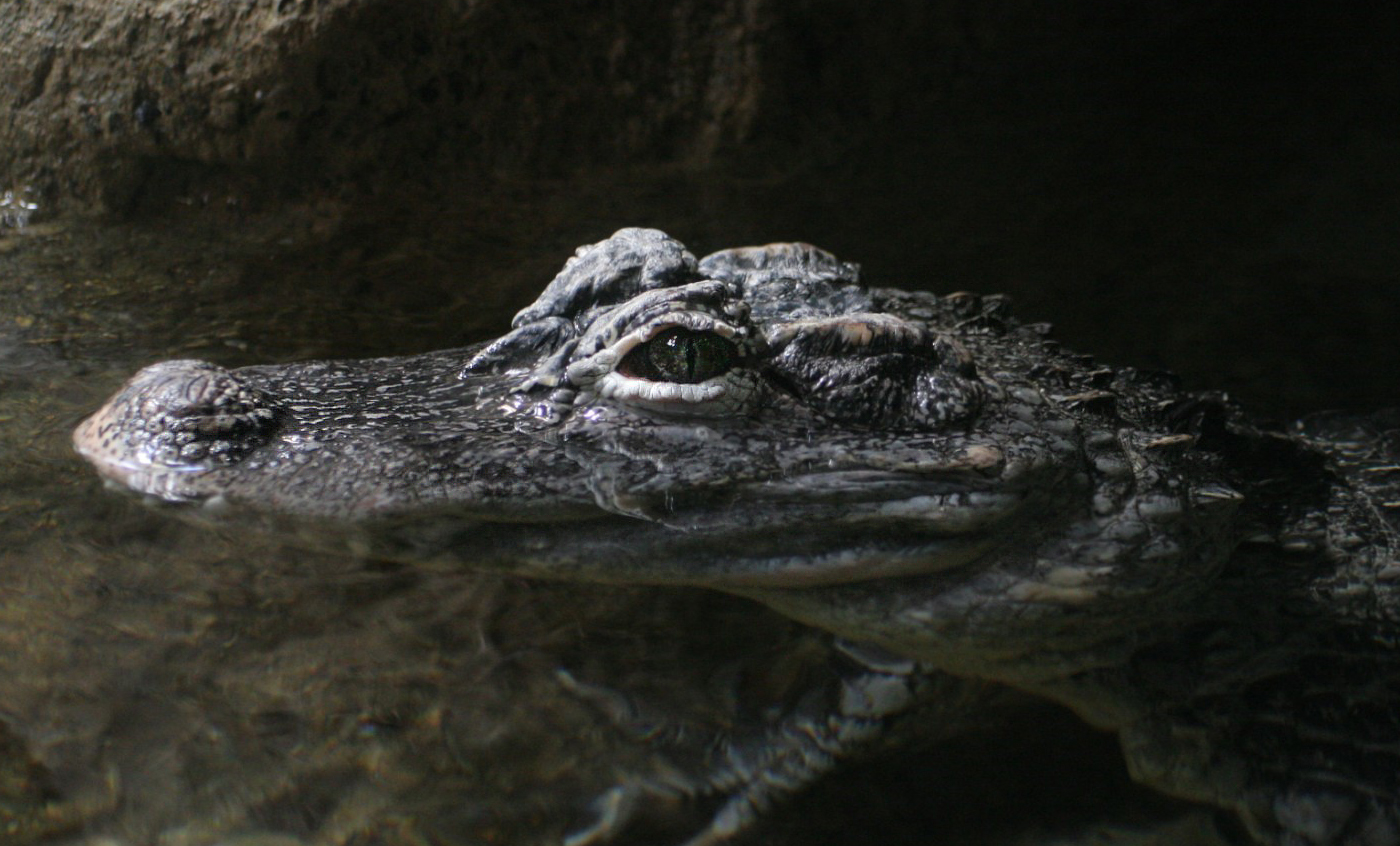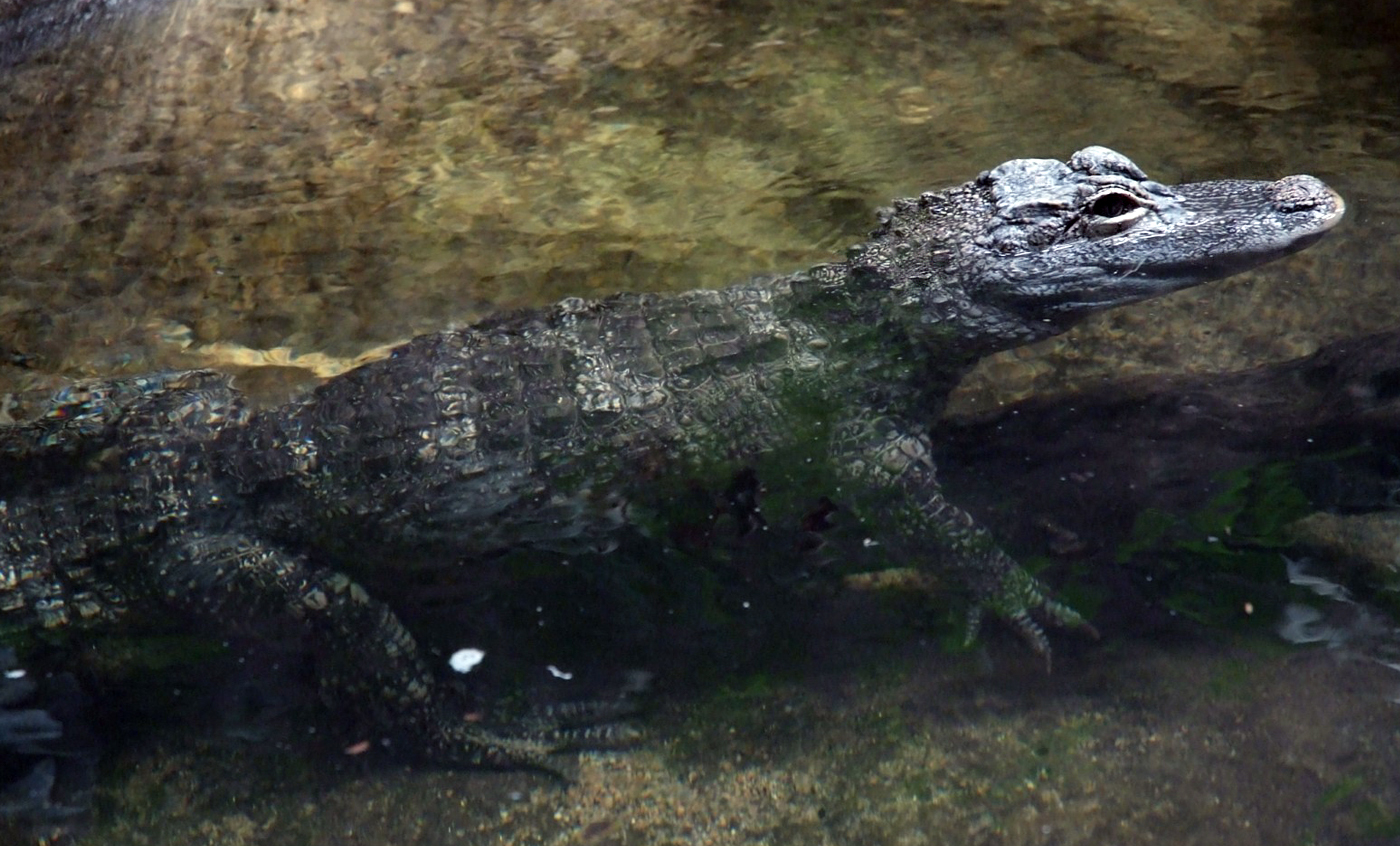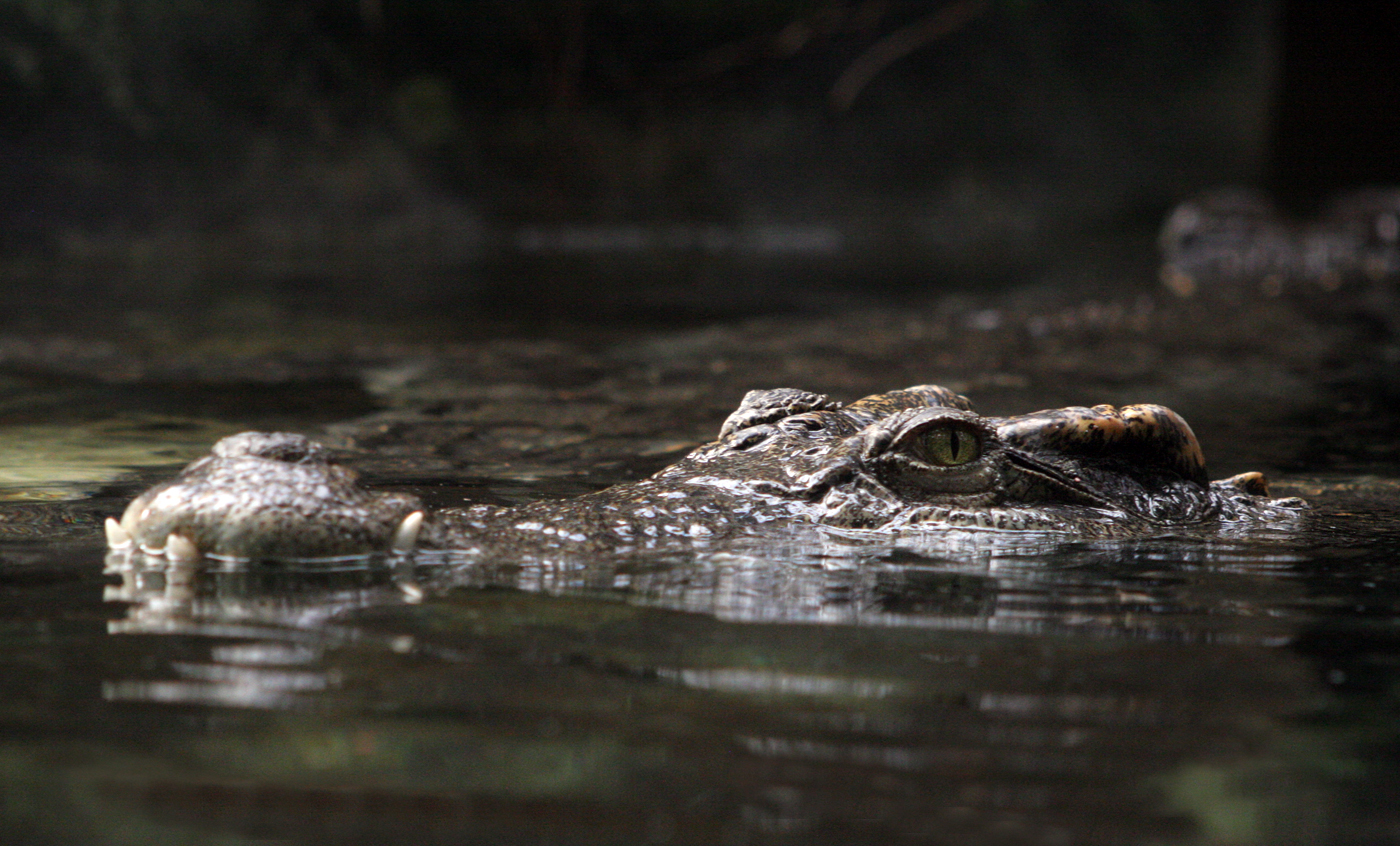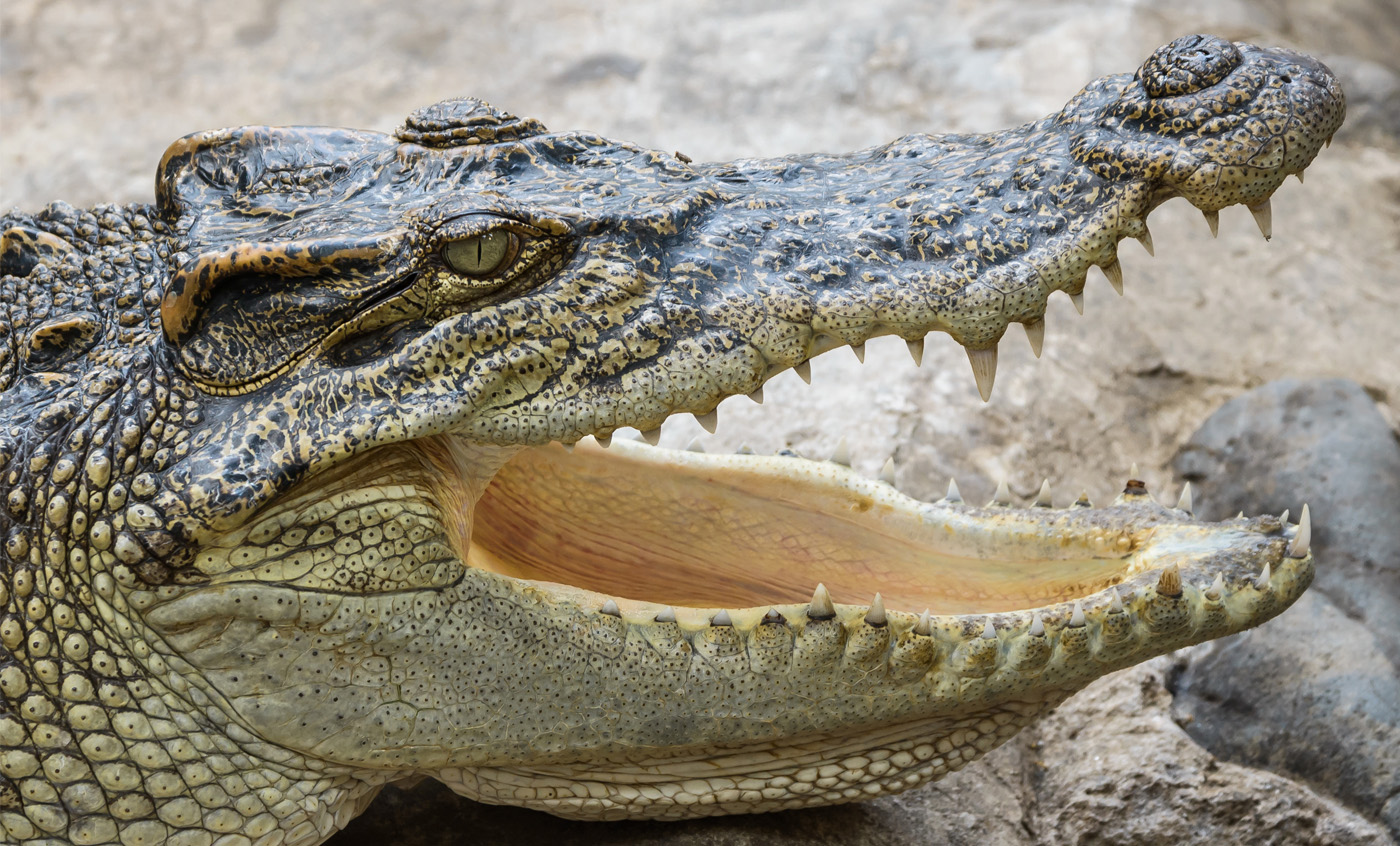Chinese alligator
This small caiman is rarely longer than two metres, inhabiting only the lower regions of the Yangtze River in China. It feeds primarily on fish, snails, water bivalves, invertebrates, small mammals and aquatic eggs.
Its area of distribution is shrinking quickly due to the development of agriculture and human expansion. Today it is one of the Crocodyladae in greatest danger of extinction in nature.
Breeding program
Natural habit
Lower regions of the Yangtze River in the Pacific coastal provinces of Anhui, Jiangsu and Zhejiang, in China.
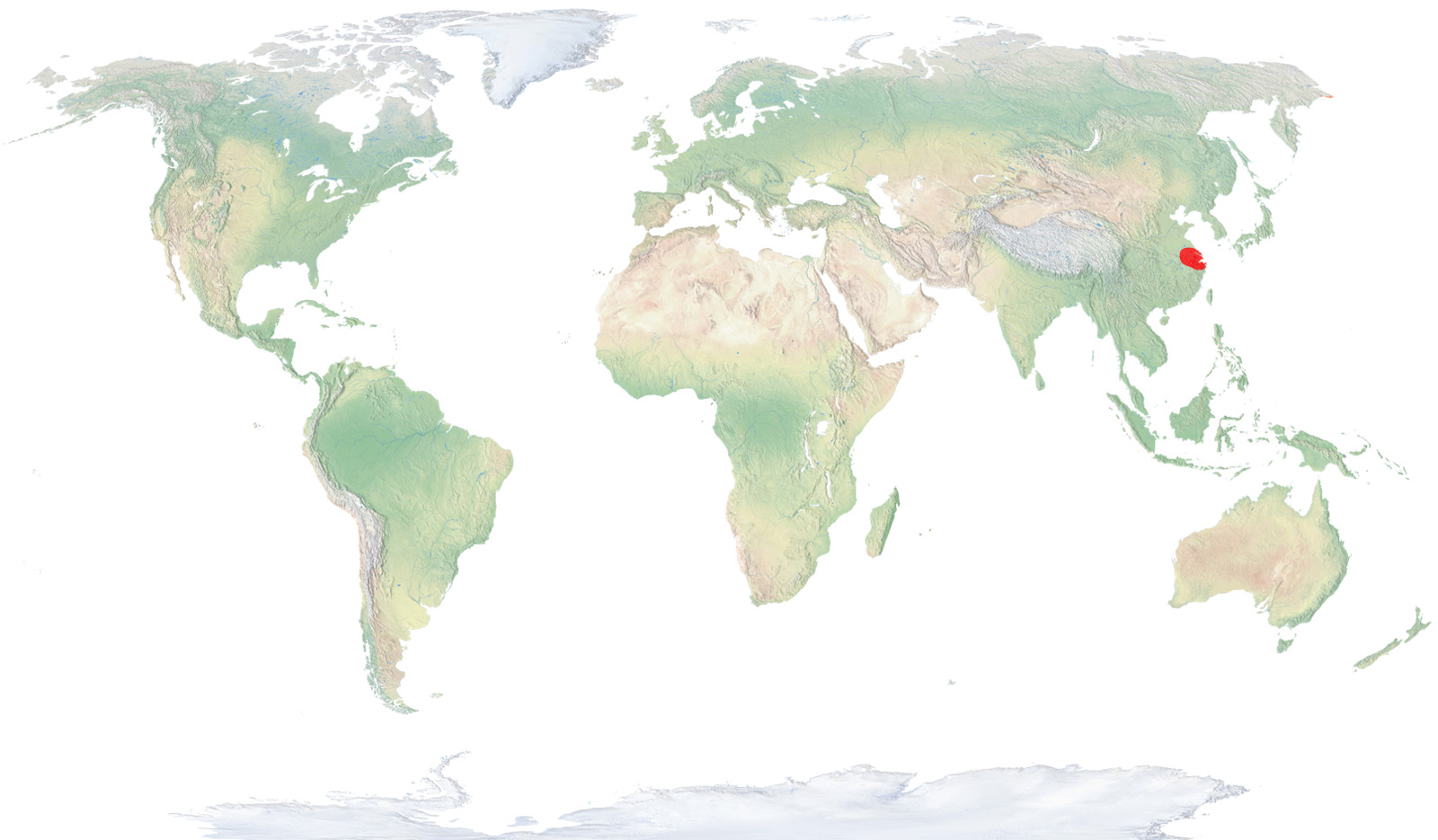
- Distribution / Resident
- Breeding
- Wintering
- Subspecies
Risk level
- Extint
- Extint in the wild
- Critically endangered
- In Danger
- Vulnerable
- Near threatened
- Minor concern
- Insufficient data
- Not evaluated
Taxonomy
Physical characteristics
Biology
Reproduction
Biology
With regard to its general appearance, the Chinese alligator is a smaller version of the Mississippi alligator, although it also differs in several ways: the snout is slightly raised and tapered, the eyelids have a bone plate, it is totally armoured, even on the belly, as the ventral scales have osteoderms, and the eyes are a light-chestnut colour, in addition to other smaller differences. It is dark coloured with lighter areas along the body and its maximum size is some two metres.
Alligators and caiman differ from other crocodiles mainly due to the teeth on the lower jaw being inserted into small cavities in the upper jaw, so that they are not visible when their mouths are closed.
It inhabits lagoons, swamps, marshes, ponds, and banks of rivers and streams in the lower basin of the Yangtze River that are temperate or subtropical.
It feeds primarily on fish, snails, water bivalves, invertebrates, small mammals and aquatic eggs, and can even capture and devour aquatic turtles.
The mating season takes place shortly after the rainfalls start, normally around June, when the two sexes make a type of braying sound that is audible even at considerable distances. Females lay eggs in a nest built with vegetation and mud on the shore near water, and they are protected by the mother during incubation. When the eggs hatch, around September, the mother helps break the eggshell and carries the babies to the water, holding them delicately in her mouth. This species’ eggs are the smallest of all crocodiles’.
They hibernate in holes close to the river between October and March or April. In spring, they abandon them, but do keep using them occasionally throughout the year. They spend most of the day sunbathing, then go out hunting prey at night.
Chinese alligators are considered the most docile and least aggressive of all in the Crocodylia order.
This species is in serious danger of extinction in its natural habitat. The total wild population is estimated at some 300 animals, with very little breeding success.
The most significant threats to which they are submitted are the degradation of their water habitats from pollution, the construction of river and industrial infrastructures and the transformation of lands in rice paddies. Hunting is a further threat, which continues to reduce their number for use as meat for human consumption and the internal organs for use in traditional Chinese medicine.
Luckily, they breed easily in captivity at different zoos around the world and even some zoos in China, which are engaged in several projects to reintroduce the species to their natural habitat.
The Barcelona Zoo participates in the EEP for this endangered species.



